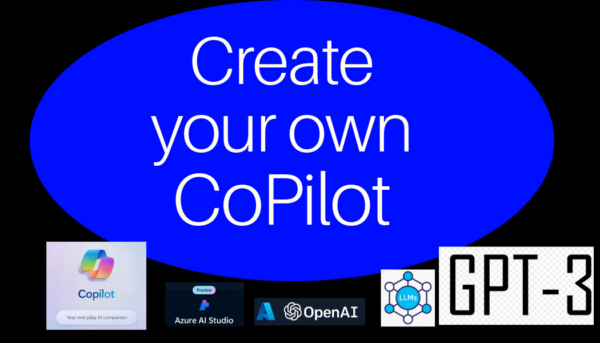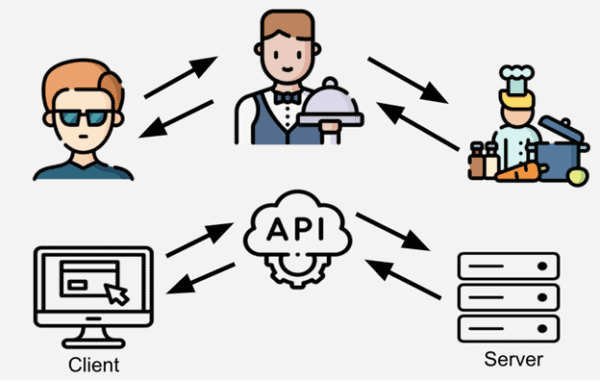In today’s rapidly evolving technological landscape, the integration of artificial intelligence (AI) into everyday tasks and business processes is becoming increasingly prevalent. Two notable offerings in this domain are Microsoft Copilot and Azure OpenAI, each serving distinct purposes and developed by different entities. In this article, we’ll delve into the unique features and applications of both platforms to elucidate their differences.

Microsoft Copilot:
Microsoft Copilot, developed by the tech giant Microsoft, stands as an AI companion designed to streamline users’ daily tasks, boost productivity, and foster creativity. Its primary focus lies in code generation, writing assistance, and collaboration. Integrated seamlessly with popular Microsoft 365 applications like Word, Excel, PowerPoint, Outlook, and Teams, Copilot offers context-aware suggestions and aids users in comprehending information effectively.
Powered by the cutting-edge GPT-4 language model, Microsoft Copilot boasts notable features such as code autocompletion, documentation lookup, and collaborative writing functionalities. It caters to a diverse user base, including developers, content creators, and professionals seeking AI-powered assistance in their endeavors.
Azure OpenAI:
On the other hand, Azure OpenAI, developed by OpenAI, a separate organization, offers a comprehensive suite of AI services and machine learning tools on the Azure cloud platform. Unlike Microsoft Copilot’s specialized focus on code and writing tasks, Azure OpenAI provides a broader range of customizable machine learning models, including the renowned GPT-3, alongside various specialized models.
Azure OpenAI finds applications across a spectrum of domains, encompassing natural language processing, image recognition, speech-to-text, and beyond. With features like custom model training, deployment, and scalability, it caters to the needs of developers, data scientists, and businesses aiming to integrate AI into their applications and workflows.
In Conclusion:
In summary, while both Microsoft Copilot and Azure OpenAI harness the power of AI, they serve distinct purposes and target different audiences. Microsoft Copilot excels in enhancing code and writing tasks, offering tailored assistance and collaboration features for professionals. On the other hand, Azure OpenAI provides a versatile platform for developing and deploying AI-powered solutions across diverse domains, empowering developers and businesses to innovate and scale their applications effectively.
By understanding the nuances and capabilities of these platforms, users can leverage the right tools to augment their productivity and drive innovation in their respective fields.
References:
https://www.msn.com/en-us/money/other/microsoft-s-next-big-ai-push-is-here-after-a-year-of-bing/ar-BB1hVsMF?source=post_page—–5495382797a0——————————–
https://learn.microsoft.com/en-us/azure/ai-services/openai/overview?source=post_page—–5495382797a0——————————–
I hope you like to blog and thanks for your time in reading it 😄. You can follow me on LinkedIn.
About the Author:
Lead Data Scientist @ Kainskep Solution Pvt. Ltd.
Parihar, D. (2024). Understanding the Differences Between Microsoft Copilot and Azure OpenAI. Available at: https://dev523.medium.com/understanding-the-differences-between-microsoft-copilot-and-azure-openai-5495382797a0 [Accessed: 15th March 2024].










